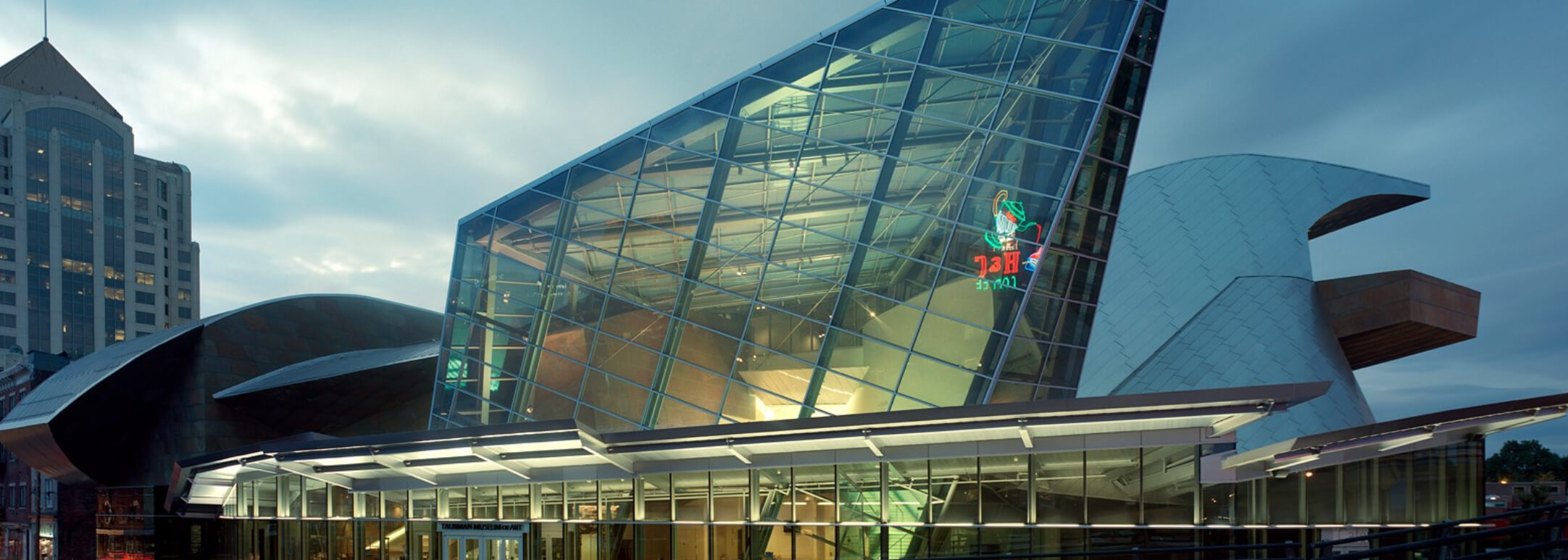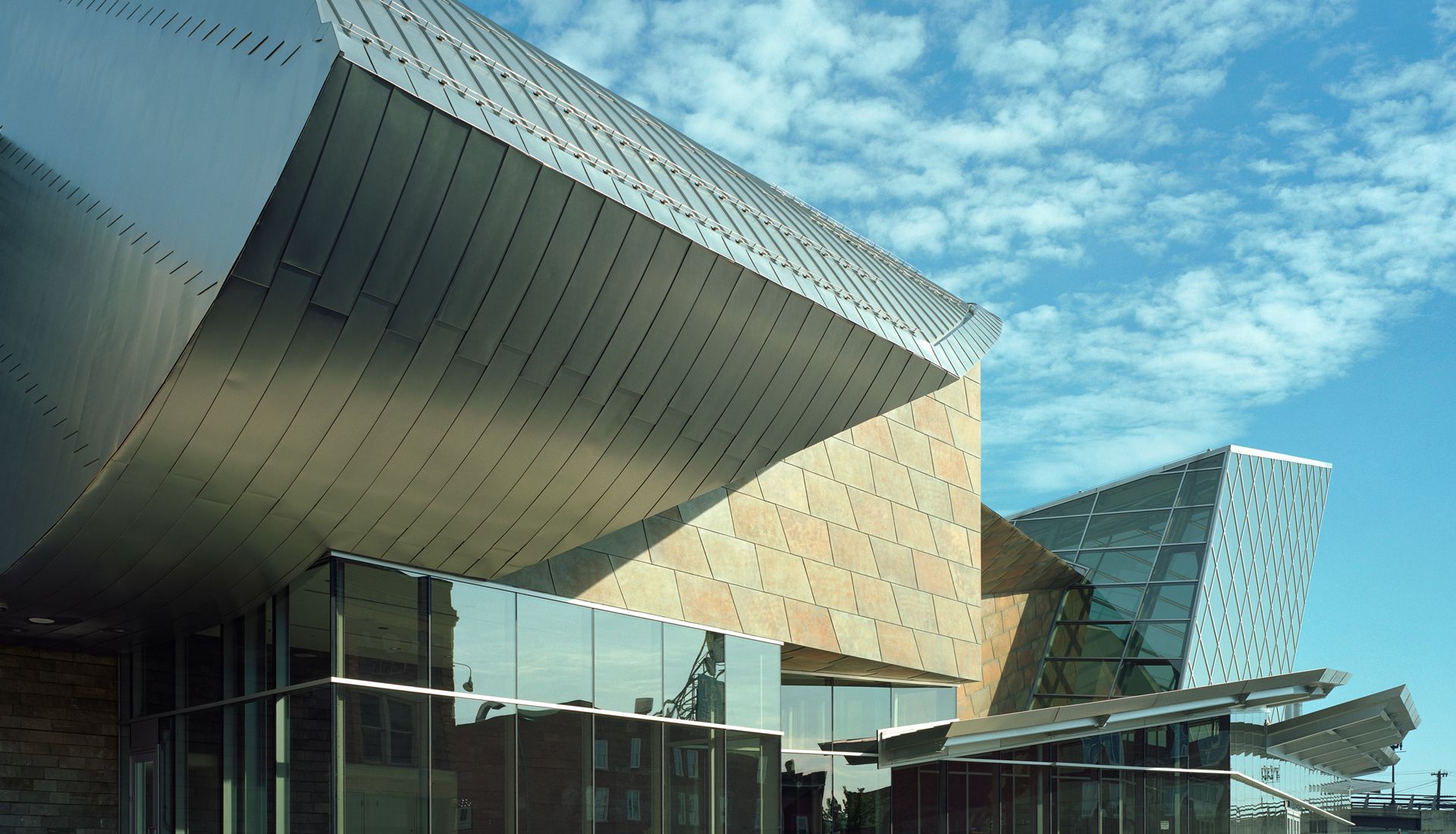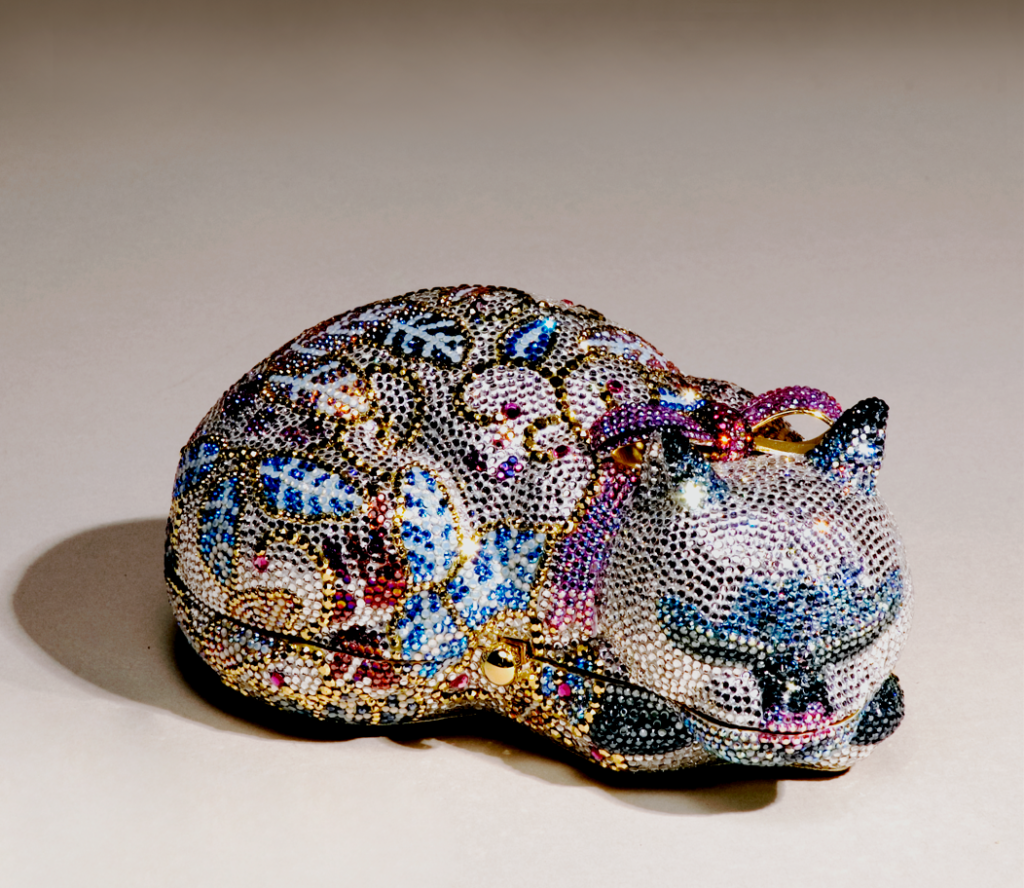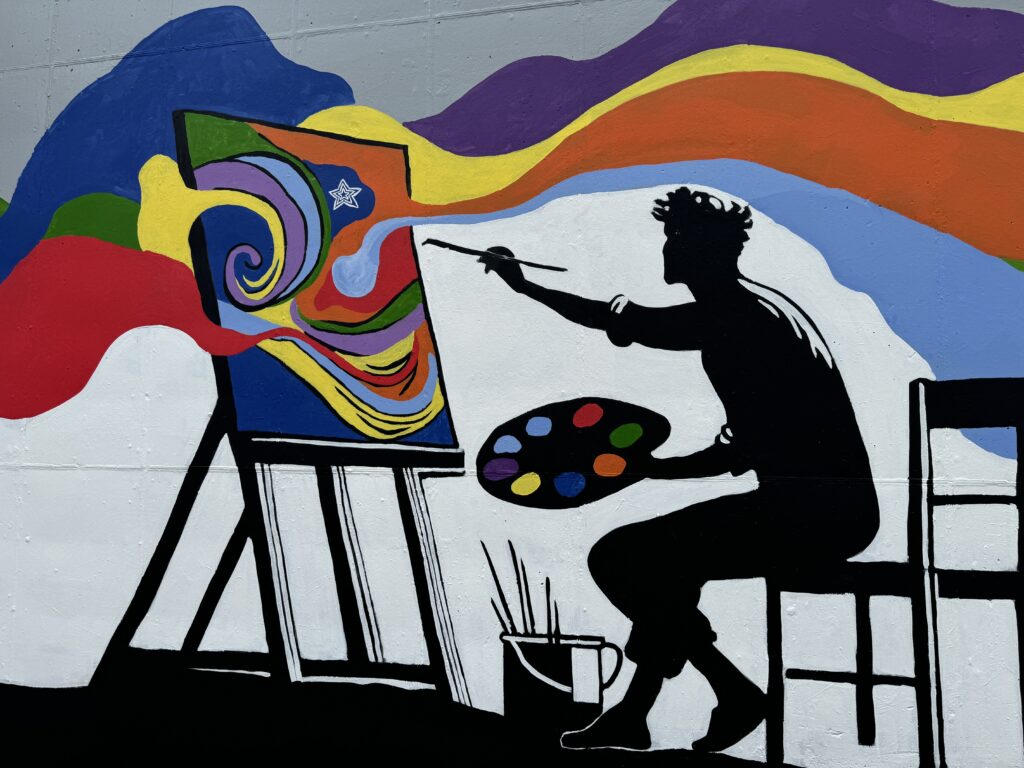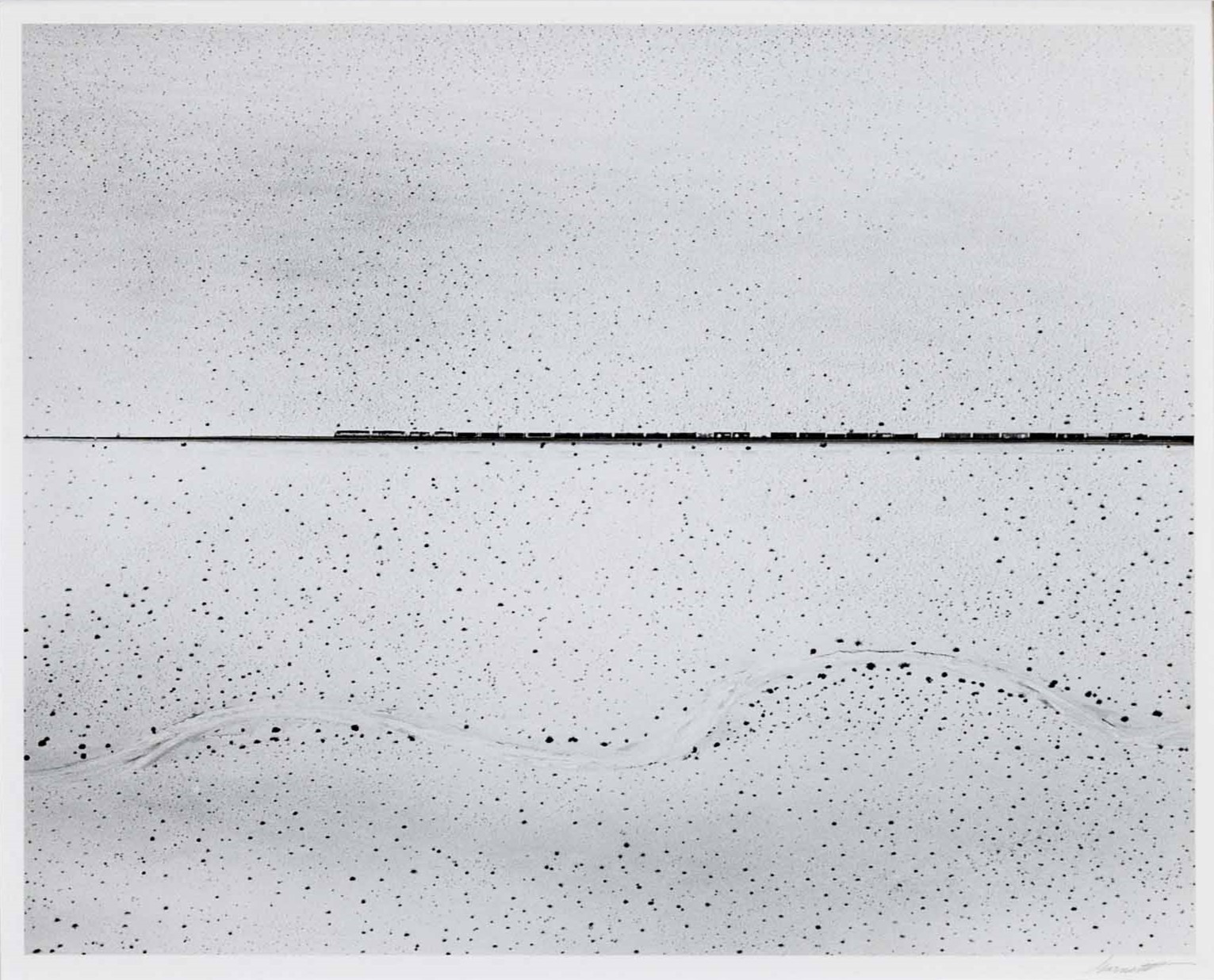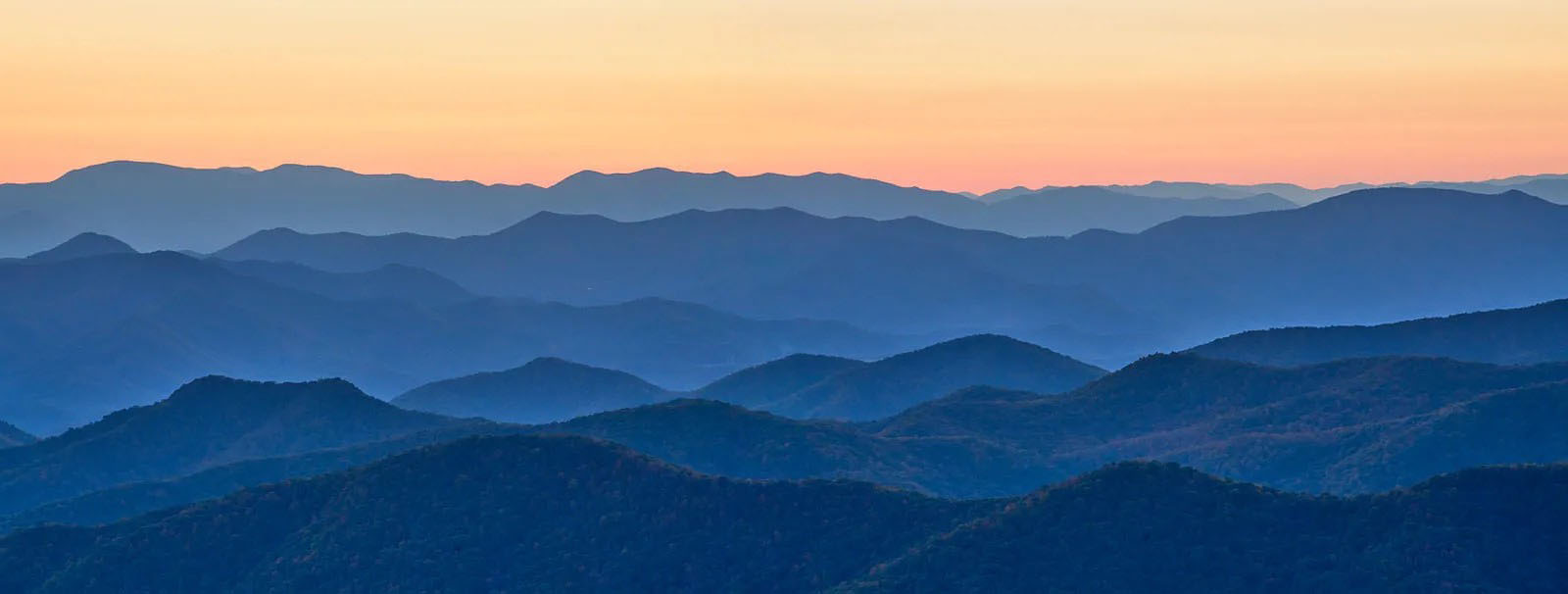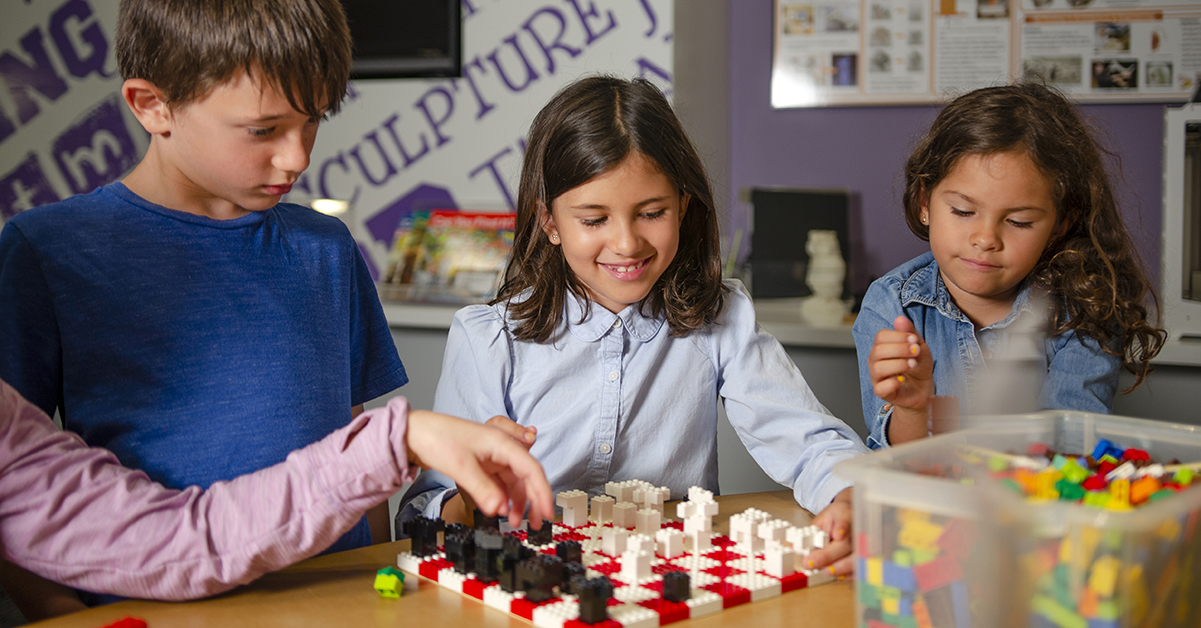ROANOKE, Va. (Aug. 24, 2016) – The Taubman Museum of Art is pleased to present the major posthumous exhibition, Legacies: Honoring Artistic Luminaries from Southwestern Virginia, celebrating artists in Southwestern Virginia who shaped the region’s artistic landscape today. The exhibition is on view Aug. 27, 2016-Jan. 28, 2017, in the Museum’s new Special Exhibition Gallery.
The featured artists represent the very best artistic efforts of the region from the 1800s to the very recent past. Working in a variety of media from paintings to sculpture and from glass to jewelry, the artists’ works highlight the rich and fertile artistic ground that is the Roanoke Valley.
“The exhibition aims to draw attention to and raise awareness on a topic underrepresented in the region, honoring artistic legacies who have influenced artists working today and paved the way for them in their own artistic endeavors,” said Taubman Museum of Art Deputy Director of Exhibitions and Collections Amy Moorefield, who curated the exhibition.
Selected artists in the exhibition include John Ballator, Walter Biggs, Mary Jane Burtch, Dean Carter, John Will Creasy, Lyn Yeatts-Gilhooly, Dorothy Gillespie, Page Hazlegrove, Peyton Klein, Harold Little, Allen Ingles Palmer, Paul Ostaseski, William deJarnette Rutherfoord, George Solonevich, Inga Solonevich, Harriett Stokes, Lewis Thompson, Peter Wreden, and Jim Yeatts, among others.
Each of these artists contributed greatly to the region’s thriving art practice through teaching, mentoring future generations of artists, establishing galleries, and working as museum professionals.
The exhibition is divided into sections highlighting each artist’s legacy and includes major loans borrowed from private and museum collections. Legacies: Honoring Artistic Luminaries from Southwestern Virginia provides significant examples to engage the current generation in the important history of those who helped shaped the region’s artistic identity while referencing past traditions and stories.
Exhibition support is provided in part by First Citizens Bank & Trust.
About the Artists
Long-term Hollins University professor and painter John Ballator along with his colleague Lewis Thompson forged greater ties to the community with the art department while teaching legions of young artists. He exhibited widely, and his work is held in several private and museum collections.
Salem, Va., artist Walter Biggs made his living in the 1920s and ’30s painting illustrations for books and magazines and was a contemporary of Norman Rockwell, who called his work “brilliant and poetic.” Ladies’ Home Journal routinely chose Biggs’ original paintings. Biggs later became an artist-in-residence at Roanoke College, which owns the largest collection of his art.
Roanoke mixed media artist Mary Jane Burtch exhibited her paintings, monotypes and assemblages throughout the country as well as serving as a teacher and curator. She was one of the original founders of Open Studios of Roanoke.
Blacksburg, Va., artist Dean Carter joined the Virginia Polytechnic Institute and State University’s architecture department in 1950 to teach sculpting. At that time, Virginia Tech had no art department. Carter later helped establish the art department and became its head for 10 years. Although he retired in 1995, Carter continued to actively exhibit his work and provide guest lectures.
For more than fifty years, Roanoke watercolorist John Will Creasy was associated with numerous arts organizations, including Mill Mountain Theatre, and served as an early board member of the Art Museum of Western Virginia. Creasy was known as a watercolorist, and his work is included in the collections of many corporate and private collections.
Lyn Yeatts-Gihooly, wife of Jim Yeatts, was a prominent Virginia artist and art educator. Her work is represented in collections in the United States, Canada, Mexico, England and France. She was an assistant art professor at Virginia Tech and also served as the executive director of the Roanoke Fine Arts Center (now the Taubman Museum of Art). During her tenure there, she instituted the Docent Guild, the Fine Arts Festival, and the Arts in The Schools Program.
Sculptor Richard Gans’ work, rooted in Minimalism, employed cast and constructed geometric shapes. Exhibited widely, his work can be found in collections from Colorado to Virginia.
Sculptor Dorothy Gillespie blazed a trail nationally with her unique and colorful large-scale installations and garnered solo exhibitions at museums worldwide. A native of Roanoke, Gillespie once told a hometown interviewer that seeing a Christmas tree as a child initially inspired her work.
Experimental glass artist Page Hazlegrove staged several international exhibitions, and her work is featured in the collection of the Museum of Fine Arts, Boston, among others. Globe art critic Christine Temin wrote that her art “combines a preciousness of material with a majesty of subject” and counted her among the “growing number of artists who reach beyond the technical challenges of glass to explore that medium’s expressive powers. ” In 2000, the Taubman Museum of Art mounted a solo exhibition of her work titled Incandescent Spirit.
Roanoke-based painter Peyton Klein studied art under the tutelage of Jim Yeatts. She served as the art critic for the Roanoke Times for many years, taught at Virginia Western Community College and the Roanoke Fine Arts Center, and was one of the co-founders of the Studio School.
At age 34, painter and printmaker Harold Little resigned his high school teaching position and declared himself a full-time artist. Over the next 35 years, he created a remarkable and well-known body of woodcuts, etchings and paintings that documented both the history and transformation of Roanoke and Fincastle, Va.
Sculptor Paul Ostaseski’s welded steel abstract sculptures represented geometry in motion. Commissioned for several large public works, Ostaseski died suddenly in 1982 just as he started to earn wider recognition and sales outside the Roanoke area.
Roanoke County painter and watercolorist Allen Ingles Palmer lost his life in a plane crash in 1950. He exhibited extensively, and his work is owned in numerous private and public collections. Critics raved, “Allen Palmer has portrayed for permanent preservation the changing aspects of the Roanoke countryside, deftly interpreting various moods, by an emotional and technical response to nature’s countenance.”
Roanoke-based painter William deJarnette Rutherfoord led a successful career as an illustrator of several national publications and children’s Golden Book series as well as exhibiting his paintings in his community and beyond.
Russian-born painter George Solonevich escaped the former Soviet Union and eventually had a successful art career based in Roanoke. He is well known for his space illustrations created for the Golden Book Planets titled, Other Worlds of Our Solar System.
Finnish-born painter and sculptor Inga Solonevich was the wife of the artist George Solonevich and had a successful art career in both Roanoke and abroad. She is well known for her whimsical animal sculptures and bird paintings.
Painter Harriett Stokes is remembered for her mentoring and passion for arts education. She was founder of the Salem-based Art in the Alley, which ended in 2010 after a 40-year run. Besides coordinating Art in the Alley, Stokes also served on various art committees at her alma mater Roanoke College, the Medical Foundation of the Roanoke Valley, and the Art Museum of Western Virginia.
Long-term Hollins University professor and painter Lewis Thompson developed the reputation of the art department while teaching generations of young artists along with fellow professor John Ballator. His work was highlighted in several solo exhibitions, including at the Virginia Museum of Fine Arts.
Artist Peter Wreden was a central figure in the Roanoke Valley’s art scene for half a century. “Art is awareness,” Wreden said. “It takes us out of the stupor of everyday life.” Best known for the jewelry he handcrafted in his studio in South Roanoke, he was a teacher at the Roanoke Fine Arts Center before it became the Art Museum of Western Virginia, and then the Taubman Museum of Art. Wreden helped many younger artists pursue their own creative dreams.
The Princeton-educated architect and abstract painter Jim Yeatts was the Roanoke Fine Arts Center’s (now Taubman Museum of Art) unpaid director in the 1950s. Yeatts, regarded by many as one of Roanoke’s premier painters of the 1950s and ’60s, taught art at colleges and universities and gave lessons at the arts center for years. He is credited with nurturing a generation of painters.
